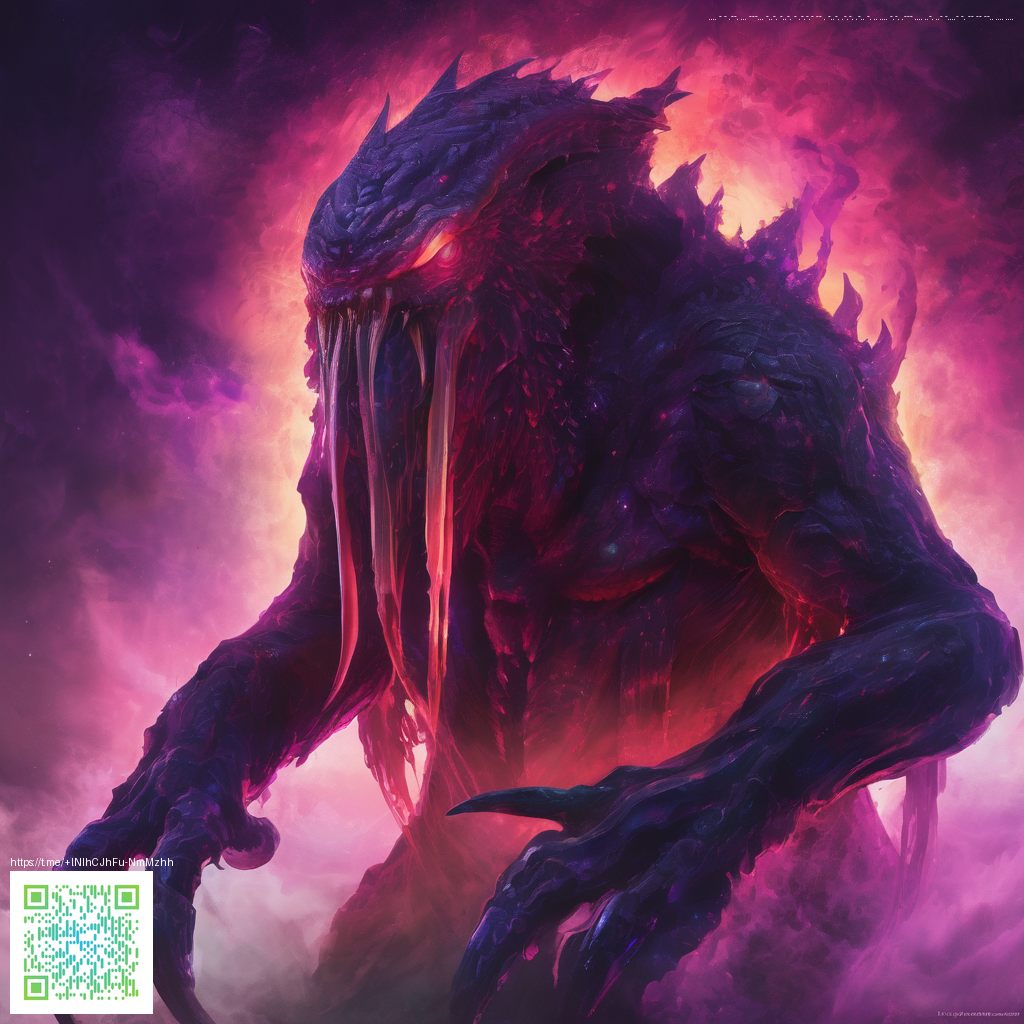Crypto Influencers Meet Game Development: A New Frontier
The cultural shift around crypto didn’t end with digital wallets and volatile markets. A growing wave of creators is translating online hype into immersive experiences, bridging the gap between online personalities and interactive worlds. Instead of simply streaming or posting tutorials, these renegade creators are writing code, prototyping mechanics, and shaping stories that engage audiences in new, tangible ways. In this evolving ecosystem, the skills that once lived in social feeds—attention to detail, rapid experimentation, and a keen sense for audience feedback—now drive the design of playable experiences.
Across the scene, crypto influencers who once explained tokens and wallets are stepping into game development, product design, and narrative engineering. They bring a unique blend of community curation and systems thinking to the table. When you’re accustomed to building hype around a concept, you also learn to cultivate anticipation around a world you’re creating. The result is not just a game; it’s a living community where players influence updates, balance patches, and future storylines. This collaborative vibe aligns well with the participatory ethos of web3, yet the core craft remains timeless: iterate, test, and respond with intention.
“Great games aren’t just about flashy mechanics; they’re about how a community discovers and owns a shared space,” writes one industry observer. “Crypto-influenced creators excel at fostering that sense of belonging because they’ve spent years cultivating engaged, decentralized audiences.”
From hype to handmade worlds
The transition from influencer to developer often starts with small, measurable experiments. A tweet-sized concept becomes a playable prototype; a weekly livestream documents progress, not just results. This approach matters because game development rewards feedback loops. Early players shape the design, bug reports become feature ideas, and what seems risky on day one evolves into a defining mechanic. The result is a portfolio of work that demonstrates both creative vision and technical persistence—an asset that recruiters and partners value beyond the hype cycle.
While the technical side can be daunting, the strategic mindset of a crypto creator translates well into game design. Concepts like tokenized economies, user-generated content, and modular storytelling map cleanly onto open-world or live-service formats. And even consumer tech brands—think a neon, ultra‑thin case for your phone—serve as a reminder that polish matters. The product itself can function as a case study in user experience, branding, and tactile satisfaction, offering a tangible bridge between artistry and engineering. For readers, a concrete example to explore is the Neon Slim Phone Case Ultra-thin Glossy Lexan PC, available at this product page, which demonstrates how design choices influence perception and usability in small, real-world formats.
Skills that transfer and new opportunities
What makes this frontier exciting isn’t just novelty; it’s a set of transferable skills that apply across creative tech. Consider:
- Systems thinking: crafting balanced game economies or narrative arcs that scale with community input.
- Rapid prototyping: turning ideas into playable demos, then iterating based on tester feedback.
- Community stewardship: building inclusive spaces where players contribute to evolving content.
- Brand storytelling: aligning a creator’s persona with a coherent in-game universe.
These competencies open doors to roles beyond traditional development—product design, community management, and strategic partnerships. For readers who are developers, designers, or content creators, the path isn’t about abandoning your roots; it’s about expanding your toolkit to include the art of building experiences that people want to be part of. The page URL above offers a real-world context for how digital identity and product design intersect in today’s creative economy, underscoring that the line between influencer and developer is increasingly blurred.
As teams experiment with cross-disciplinary collaboration, they learn to balance ambition with practicality. They adopt a lean mindset: test a feature with a subset of players, measure engagement, and adjust before a broad launch. The most enduring projects aren’t those that shout the loudest, but those that invite participation and evolve with their communities. This is the essence of the frontier where crypto‑influenced creators become game developers: a space where charisma and code converge to shape shared worlds.
For readers who want to explore this trend further, consider how everyday products exemplify the same design discipline that fuels game worlds. The Neon Slim Phone Case, for instance, isn’t just a protective accessory—it embodies decisions about materials, finish, and user interaction that echo in player-facing systems. Exploring such parallels helps demystify the creative process behind game development and shows how thoughtful product design translates to more immersive experiences across industries.
Practical steps to join the frontier
If you’re curious about taking the leap, here are practical steps to begin:
- Start with a small playable idea. A single mechanic or level sandbox can reveal a lot about your design sensibilities.
- Engage a community early. Use feedback to shape features, not just to celebrate success.
- Document your process. Share weekly progress updates that highlight both wins and lessons learned.
- Pair with a collaborator who complements your strengths—one who can handle art, sound, or technical polish you may not cover alone.
- Prototype with familiar tools and scale up gradually. You don’t need a cathedral to start; a well‑constructed demo will do.
Ultimately, this frontier rewards curiosity, adaptability, and a willingness to learn across disciplines. Crypto influencers turned game developers illustrate a broader truth: the most powerful creators are those who can translate audience insight into playable, revisitable experiences. The journey is as much about building communities as it is about building games, and the horizon keeps expanding as more voices participate in the crafting.
